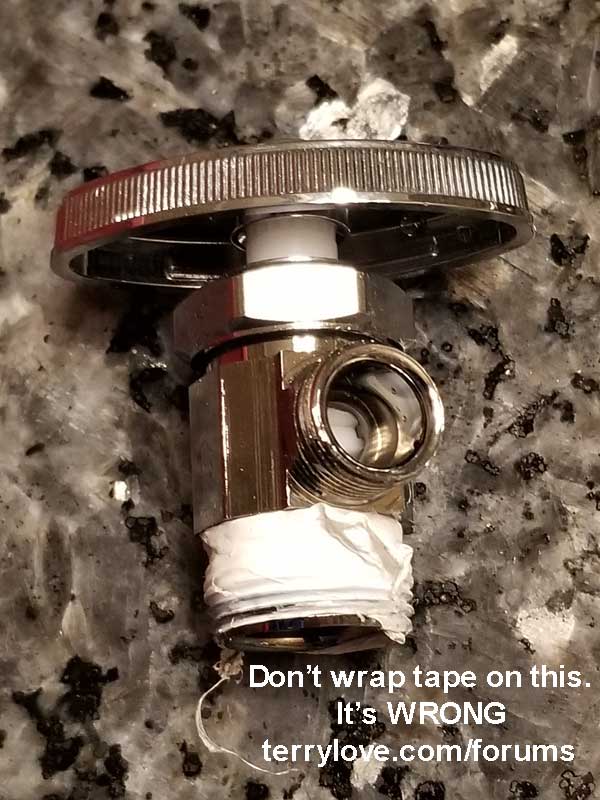I read somewhere that you should use teflon tape on the pipe end before tightening the compression fitting...this doesn't sound right and I wanted to check here first.
The other question. If I hand tighten compression fitting first, how much of a turn with pliers afterwards so I don't overtighten?
Thanks.

I removed this leaking stop
Terry Love
The other question. If I hand tighten compression fitting first, how much of a turn with pliers afterwards so I don't overtighten?
Thanks.

I removed this leaking stop
Terry Love
Last edited by a moderator:
